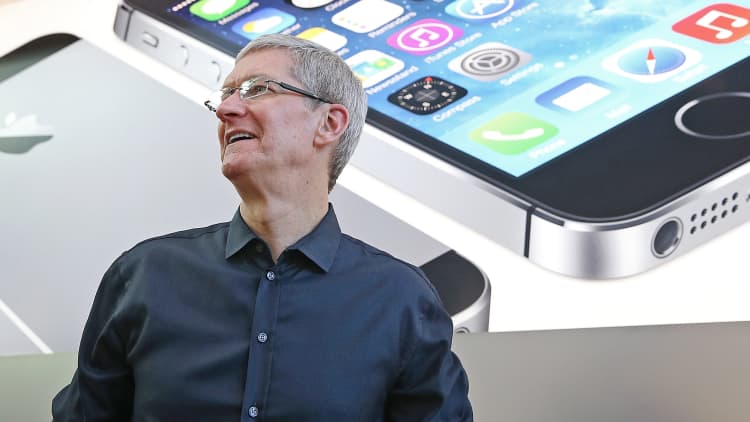Everyone is waiting to see what Apple will unveil at its media event on Tuesday. I say it's more about the rumored iWatch and mobile payments application than about iPhone 6. Here are a few reasons why:
a) Mobile payments are key to Apple's future. What can you do to get consumers to part with their credit cards? Digital wallet seem to have been a disappointment, but the merchant processor market is a $10 billion business.
Apple could take a big chunk of this, not directly eliminating card companies but acting as the merchant processor. That's the heart of the mobile payment process.

The big selling point will be the inclusion of near-field communications (NFC), which allows mobile devices to establish radio communication with each other. They can then take a slice of every transaction initiated.
Vendors will have to upgrade their terminals, but the opportunities are enormous. A second huge business in mobile payments are transactions done within apps. The company already has iBeacon, transmitters that identify Apple devices when they are near.
b) Of all the expected products, iWatch could be big. Apple has already announced HealthKit (an online health platform) and HomeKit (for communicating with accessories in a user's home) software. These are clearly designed to be used in conjunction with an iWatch of some sort.
Read MoreWearables transforming real-time data for sports teams
Biometric identification is another key use for an advanced iWatch. Your heartbeat is unique, and can be used as a positive form of identification. The iWatch could communicate a positive identification to your iPhone, allowing mobile payments and potentially eliminating passwords in the future. That would be even better than TouchID (fingerprint recognition), which Apple already has.
As for Apple's stock, it is trading at roughly 15 times forward earnings, at or near historical highs. Over the last three years, the stock has typically traded between 9 to 15 times forward earnings, according to analysts. That may limit the upside, but that assumes these products do not create significant new revenue streams. My bet is that they will.
--By CNBC's Bob Pisani


